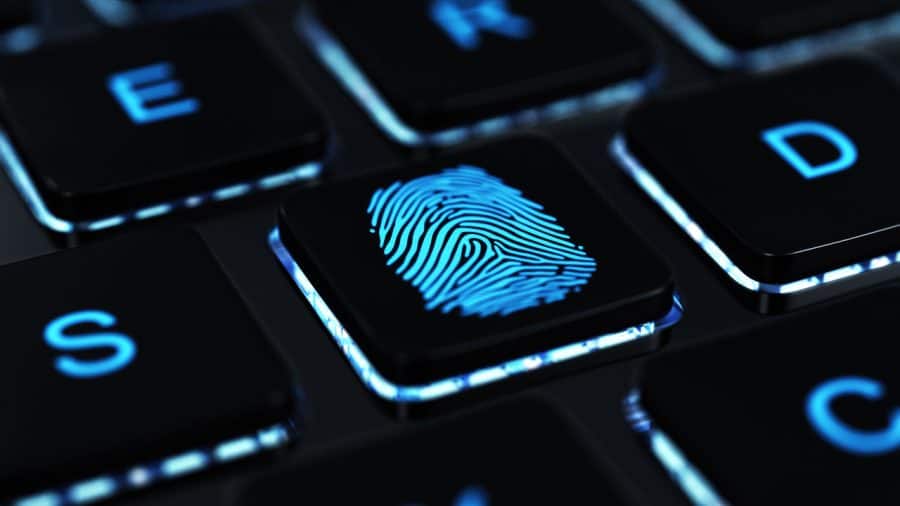Digital Identity solved using Blockchain

In our rapidly digitizing world, the proliferation of online services and transactions has made digital identity an integral part of our daily lives. However, digital identity management faces several challenges, including security breaches, data manipulation, and lack of user control. Blockchain technology offers a transformative solution to these problems, revolutionizing digital identity management. This blog explores how blockchain technology is evolving to tackle the problems with digital identity.
Challenges of Digital Identity
Traditional digital identity systems suffer from several inherent flaws:
- Centralization and Vulnerability: Many digital identity systems store user data in a single database, making them susceptible to large-scale data breaches and cyberattacks. This compromises the privacy and security of individuals.
- Identity Theft and Fraud: With centralized repositories, hackers can easily gain access to personal information, leading to identity theft and fraud. Victims not only face financial losses but also suffer reputational damage.
- Lack of User Control: Individuals have little control over their identity data in conventional systems. They must trust third-party organizations with their sensitive information, which can be misused or sold without their consent.
- Inefficient and Costly Verification Processes: Traditional identity verification processes often involve extensive paperwork and manual verification, leading to delays and added expenses for businesses and users.
- Limited Interoperability: Different platforms and services have their unique identity systems, leading to fragmented and inefficient identity management. This hinders seamless interactions between various online platforms.
Blockchain’s Transformative Solution
Blockchain technology, popularized by cryptocurrencies, offers a decentralized and immutable ledger that can address the shortcomings of traditional identity systems. Here’s how it’s revolutionizing digital identity:
- Enhanced Security through Decentralization: Blockchain stores identity data across a distributed network of nodes, eliminating single points of failure. Decentralization makes it incredibly challenging for hackers to breach the system, ensuring enhanced security and data integrity.
- Immutable Records: Data stored on a blockchain is tamper-proof. Once information is recorded, consensus from the entire network is required to alter or delete it. This feature ensures the accuracy and authenticity of identity records.
- Empowering Self-sovereign Identity (SSI): SSI is a groundbreaking concept enabled by blockchain, giving individuals full control over their identity data. With cryptographic keys, users can selectively share specific attributes without revealing their entire identity, preserving privacy and reducing the risk of identity theft.
- Streamlined Identity Verification: Blockchain enables efficient, decentralized, and automated identity verification. Smart contracts can facilitate the process, eliminating the need for intermediaries and streamlining onboarding for businesses and users.
- Standardized Interoperability: Several blockchain projects are working on standards for digital identity, aiming to establish interoperability between different identity systems. This fosters a cohesive identity management ecosystem that seamlessly connects various platforms.
Prominent Blockchain-based Identity Solutions
Several blockchain-based identity solutions are already making strides in addressing digital identity problems:
- uPort: Built on the Ethereum blockchain, uPort offers a self-sovereign identity platform that allows users to control their identity data and selectively share it with trusted parties. It employs a decentralized identifier (DID) and decentralized key management for enhanced security.
- Sovrin: Sovrin is a public, permissioned blockchain designed specifically for decentralized identity management. It focuses on providing a secure, privacy-preserving identity infrastructure for individuals and organizations.
- Civic: Civic leverages blockchain technology to create secure, interoperable, and reusable identity verification solutions. Its ecosystem allows users to control and share their verified identity information securely.
- Microsoft’s Identity Overlay Network (ION): Microsoft’s ION is a decentralized identity infrastructure built on top of the Bitcoin blockchain. It aims to establish a secure, scalable, and interoperable identity solution for use across various platforms.
- Hyperledger Indy: Hyperledger Indy is an open-source, decentralized identity framework designed to provide self-sovereign identity and user control. It enables interoperability between different identity systems through its standardized protocols.
Conclusion
The problems with traditional digital identity systems have spurred the development of innovative solutions through blockchain technology. Decentralization, immutability, and user-centricity are the pillars that support blockchain-based identity solutions, promising enhanced security, privacy, and efficiency.
While blockchain technology has shown significant promise, widespread adoption and integration into existing systems remain key challenges. Additionally, ensuring compliance with regulatory frameworks and addressing scalability concerns are critical for the continued evolution of blockchain-based digital identity.
As blockchain technology continues to advance, we can expect even more sophisticated identity solutions that will reshape the way we manage and protect our digital identities, fostering a more secure and privacy-centric digital landscape.